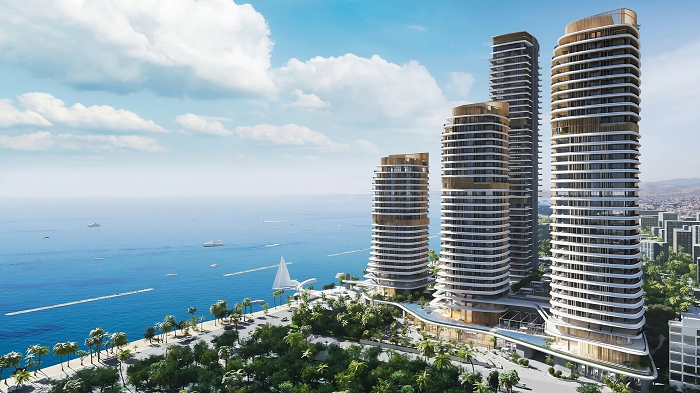Pipes with a diameter of 150 mm were laid on floating supports, and the insulating mass was covered directly into the ground.
Observations of the experimental areas were carried out in order to study: a) the distribution of temperatures along the thickness of the insulating layer and their changes over time; b) changes in thermal losses; c) the moist regime of the insulating layer. Observations of temperatures and thermal losses were carried out using control and measuring devices that were laid during the installation of sites.
Observations of the state of hydrophobic ash and pipes were carried out by opening individual places along the highway.
The results of 4- and 5-year observations of the operation of experienced heating mains allow us to draw the main conclusion that the experience of the industrial use of hydrophobic ash in the structures of underground heat pipes fully confirmed the results of laboratory studies. Experienced craftsmen know how to make the repair pleasing you for many years. So, the Incostroy studio, which is engaged in the repair, design of apartments, houses, cottages. And on the site
This experience showed that: 1) when laying heating networks isolated by hydrophobic ash, in soils of normal and increased humidity, their operation is satisfactory, and thermal losses do not exceed the permissible. Long -term stay of hydrophobic backfill in such soils with a non -working heat supply regime does not cause an increase in the humidity of the insulating material.
Superficial water and sedimentary moist soil settling on the surface of the backfill are also not caused by increased moisture content of insulation;
2) in the case of laying the heating main in soils with a high level of groundwater (at the height of the pipes or the top of the backfill), the hydrophobic ash under the action of water pressure is gradually moistened, cemented and loses thermal insulating properties.
Under such conditions, thermal losses significantly exceed the permissible, and filling isolation turns into a monolithic structure;
3) Local moisture of insulation backfill does not lead to the redistribution of moisture in isolation and its spread along the length of the route








Leave a Reply